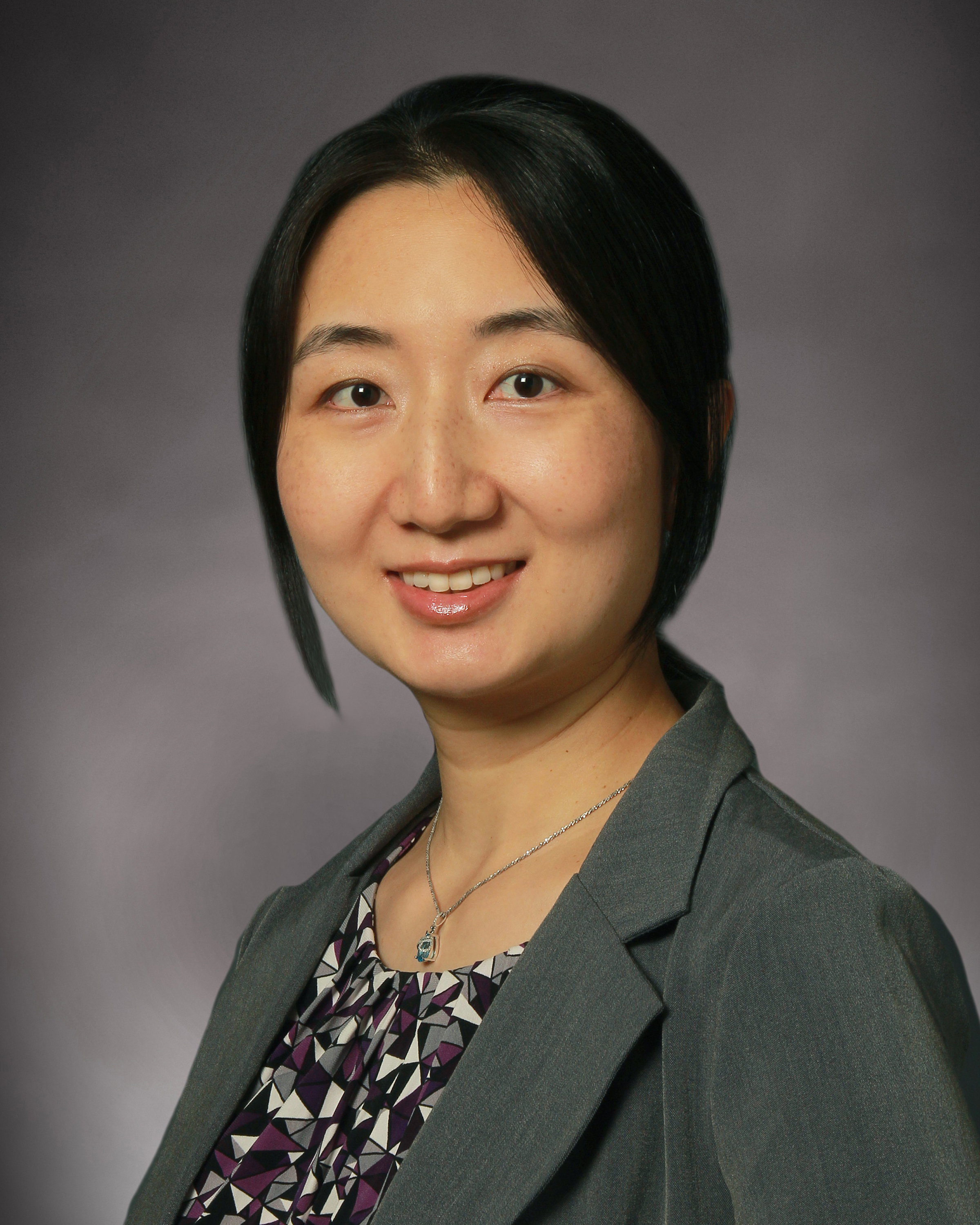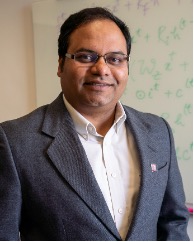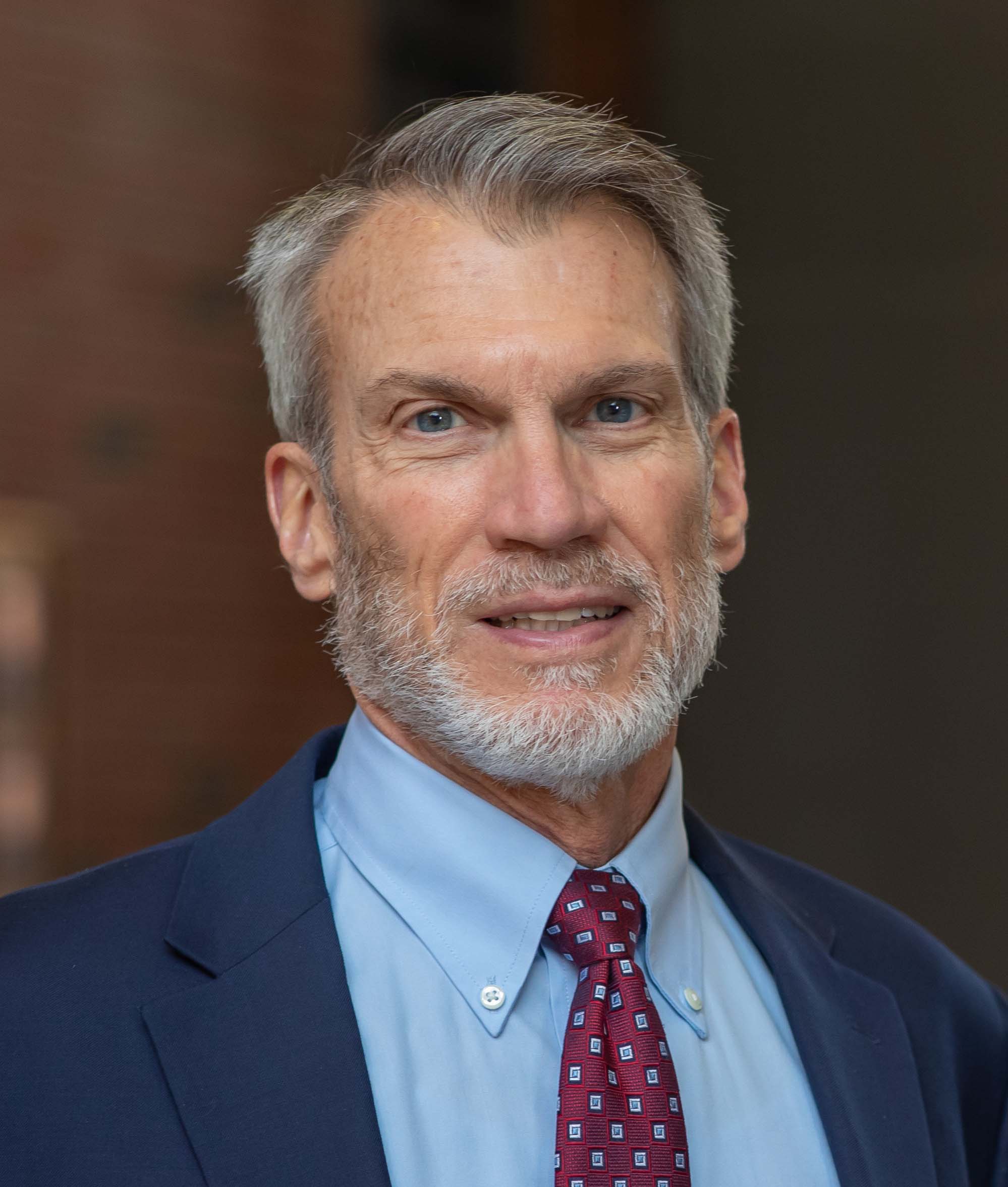KEYNOTES:
Keynote 1 - When Tomography Meets Optimization: Managing Overlay Networks atop Uncooperative Underlay
Ting He, Associate Professor at Penn State, USA
(session chair: Janise McNair)
Abstract:
Computer networks have always relied on layering to divide complex tasks into simpler ones that can be handled by different layers. While abstracting away the unnecessary details to improve tractability, such layered architecture may also hide useful information about the underlying network that can help the higher layers. Motivated by the trend of increasing depth of layers via the technologies of network softwarization and virtualization, this talk will explore what optimization opportunities we are missing by ignoring the underlying network state behind the layered abstraction, and how we might regain some of the opportunities without modifying the abstraction or the underlying network. The focus will be given to tunnel-based abstraction of a multi-hop underlay that provides routing and forwarding services. To overcome the lack of observability into the underlay, the problem of topology inference will be introduced, which is a branch of a broader family of inversion problems known as network tomography that tries to jointly infer the routing topology and the link metrics of a blackbox network from end-to-end measurements (e.g., delays, losses) collected at scattered vantage points. The talk will cover the basic idea in topology inference, the state of the art and limitations, and an example of how the inferred information can be used to improve overlay-based applications.

Bio: Ting He is an Associate Professor in the School of Electrical Engineering and Computer Science at the Pennsylvania State University. She received the Ph.D. degree in Electrical and Computer Engineering from Cornell University. Her interests reside at the intersection of computer networking, performance evaluation, and machine learning. Dr. He has served as Associate Editor for IEEE Transactions on Communications and IEEE/ACM Transactions on Networking, General Co-Chair of IEEE RTCSA, TPC Co-Chair of IEEE ICCCN, and Area TPC Chair of IEEE INFOCOM. She received multiple top contributor awards from IBM and ITA, and multiple paper awards from IEEE Communications Society, ICDCS, SIGMETRICS, and ICASSP.
Keynote 2 - Network Softwarization Leveraging AI: A Pervasive Edge Computing Context
Satyajayant Misra, Professor at New Mexico State University, USA
(session chair: Gianluca Davoli)
Abstract:
With the rapid increase in traffic originating at the edge of the internet, the edge computing paradigm will become an important tool in the chest of network engineers to meet the needs of the traffic. The inherent features provided to applications by edge computing—low latency, privacy, and efficient data handling—make computing at the network’s edge especially attractive. The concept pervasive edge computing (PEC) was proposed to utilize edge computing and to democratize access and provisioning of devices at the edge. At the same time, rapid innovations in artificial intelligence (AI) including federated learning, generative AI, and large language models, if used correctly, can make significant impacts on the pervasive edge's security, resilience, and scalability. Network softwarization with support from AI can be leveraged to address challenges in PEC ecosystem, such as device heterogeneity and high network dynamism, to make PEC more scalable and tractable. In this talk, we will discuss the landscape of use of AI in concert with AI softwarization for the edge and aspects to be aware of when using AI.
 Bio: Professor Misra is a professor in computer science and electrical and computer engineering in New Mexico State University. He is also the associate dean of research in the college of engineering. His research interests include anonymity, security and survivability in networks and protocol design for wireless networks, the future Internet, blockchain and decentralized finance, smart-grid architectures, and Industry 4.0. Dr. Misra has more than 100 peer-reviewed publications with more than 7900 international citations. Many of his publications result from interdisciplinary research and are published in selective venues, such as ACM CCS, Journal of Cleaner Production, and IEEE INFOCOM. He has served on the editorial board of several journals and on program committee of conferences.
Bio: Professor Misra is a professor in computer science and electrical and computer engineering in New Mexico State University. He is also the associate dean of research in the college of engineering. His research interests include anonymity, security and survivability in networks and protocol design for wireless networks, the future Internet, blockchain and decentralized finance, smart-grid architectures, and Industry 4.0. Dr. Misra has more than 100 peer-reviewed publications with more than 7900 international citations. Many of his publications result from interdisciplinary research and are published in selective venues, such as ACM CCS, Journal of Cleaner Production, and IEEE INFOCOM. He has served on the editorial board of several journals and on program committee of conferences.
Dr. Misra's research is funded by several federal agencies, amounting to $40 million in funded research with over $5 million as lead PI or project lead. He is a lead for the recently funded prestigious NSF RINGS funding, co-lead of the NM SMART Grid Center Networking Research Group. He has also been recognized as an outstanding mentor in NM twice (2019 and 2021).
Keynote 3 - Networks and Software: A Look Back, and a Brief Look Forward
Ken Calvert, Professor at the University of Kentucky, USA
(session chair: Flavio Esposito)
Abstract:
Looking back at the history of "softwarization" of communication networks (which goes back further than you might expect), this talk will offer some observations about areas in which software-based functionality has (and has not) made a difference. Looking forward, I will offer some thoughts about success factors for the future evolution of network infrastructure.
 Bio: Ken Calvert is Professor in Computer Science and a member of the Computer Engineering faculty at the University of Kentucky. His research deals with the design and implementation of advanced network protocols and services, including active/programmable networks, ephemeral state processing, Speccast, and various other attempts to generalize the end-to-end service of the Internet. He was one of the developers of the GT-ITM network topology modeling tool. His current focus is on the information-centric networking paradigm. Formerly he was a Member of Technical Staff at Bell Telephone Laboratories, a faculty member at Georgia Tech, Division Director for Computer and Network Systems at the National Science Foundation, and associate editor of IEEE/ACM Transactions on Networking. He is a member of the ACM and a Life Fellow of the IEEE.
Bio: Ken Calvert is Professor in Computer Science and a member of the Computer Engineering faculty at the University of Kentucky. His research deals with the design and implementation of advanced network protocols and services, including active/programmable networks, ephemeral state processing, Speccast, and various other attempts to generalize the end-to-end service of the Internet. He was one of the developers of the GT-ITM network topology modeling tool. His current focus is on the information-centric networking paradigm. Formerly he was a Member of Technical Staff at Bell Telephone Laboratories, a faculty member at Georgia Tech, Division Director for Computer and Network Systems at the National Science Foundation, and associate editor of IEEE/ACM Transactions on Networking. He is a member of the ACM and a Life Fellow of the IEEE.




